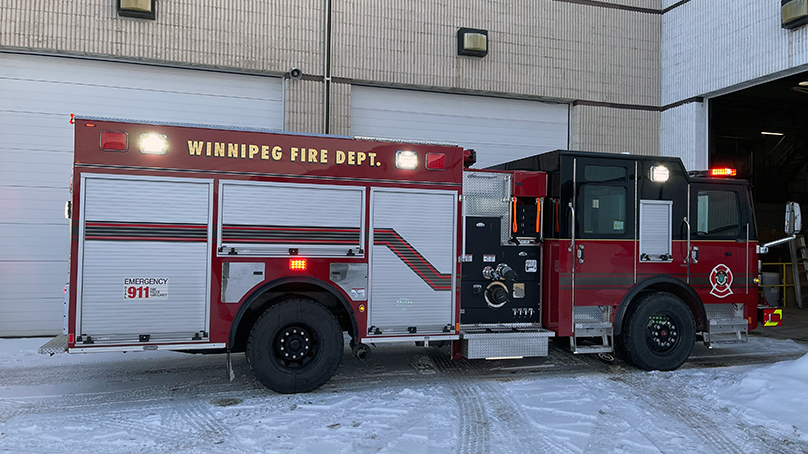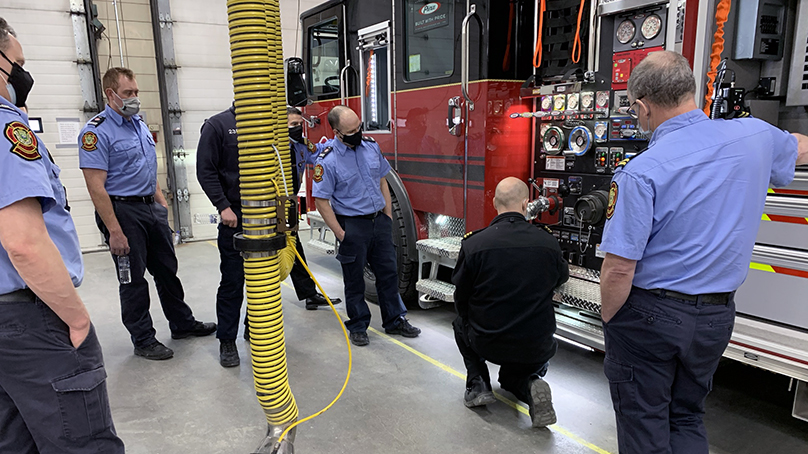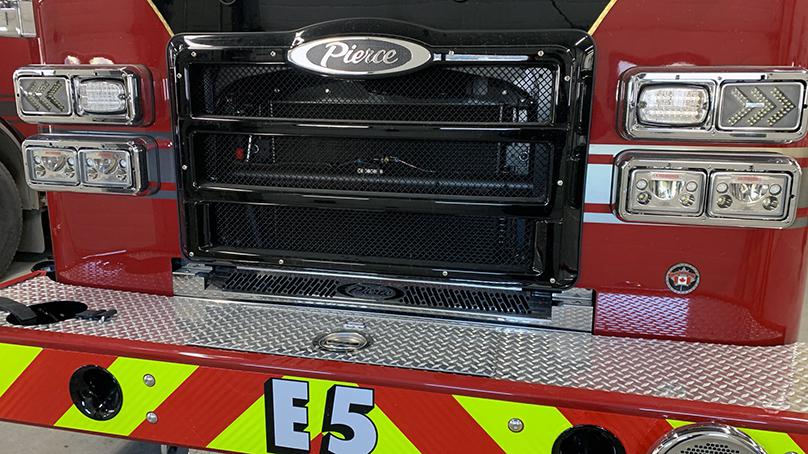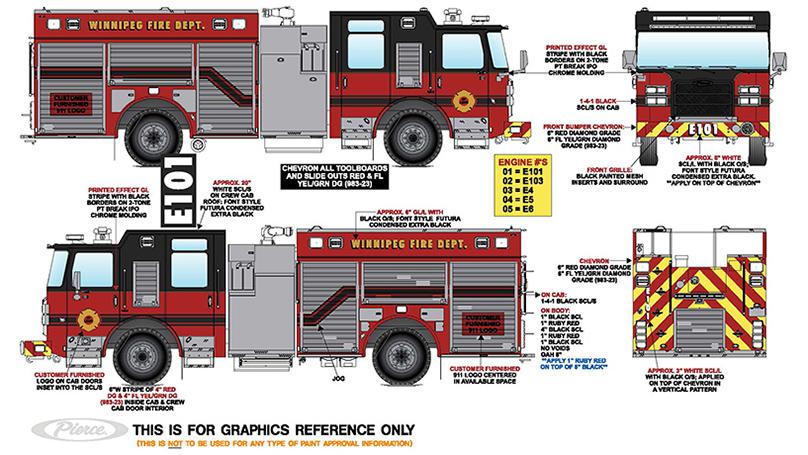
In addition to responding to emergencies, the Winnipeg Fire Paramedic Service is working to reduce its emissions and environmental footprint.
Battery Idle Reduction Technology (IRT) is one of the features that is now included on the department’s new apparatus.
The new technology will sense when the engine is idle for three minutes and switches to battery power. It will then sense when the apparatus requires heating or cooling and automatically turns the engine back on when required.

So far, five new fire engines with the IRT feature will be deployed in April. In total, another seven vehicles are expected to enter service by the end of 2021.
“It’s important for WFPS to be a leader and demonstrate our commitment to a greener community by reducing our emissions.” said Brad Enders, Director of WFPS’s Emergency Mechanical Services Branch.
“As soon as we previewed the battery IRT with the manufacturer, we knew it was the right technology to help us achieve our goals.”
In addition to reducing the department’s carbon footprint, Enders anticipates costs will be reduced with lower fuel expenses. He also expects decreased maintenance expenses with longer periods between regular preventative maintenance services.
The technology improves safety for first responders, with quieter scenes and reduced diesel fumes.
“The safety of our members is the top priority so the fact this is better for our responders and the environment is a win-win.”
On top of the cleaner trucks, Enders explained the department is reducing emissions by purchasing other battery-powered equipment such as industrial fans. New positive pressure ventilation fans, used to move smoke from structures, also run on battery rather than combustion engines. If the batteries deplete, the fan has the option to be plugged in to a 110v power supply.
As existing tools such as chain saws, cut-off saws, and station maintenance equipment reaches its end of life, they will also be replace with battery-powered models.
“Not only does this reduce the emissions released from the actual equipment use but it also reduces the fuel and emissions consumed during the pickup and delivery of the fuel,” said Enders. “Every little bit helps.”
The new technology is one way we are continuing to reduce our greenhouse gas emissions as part of the City’s Climate Action Plan.


